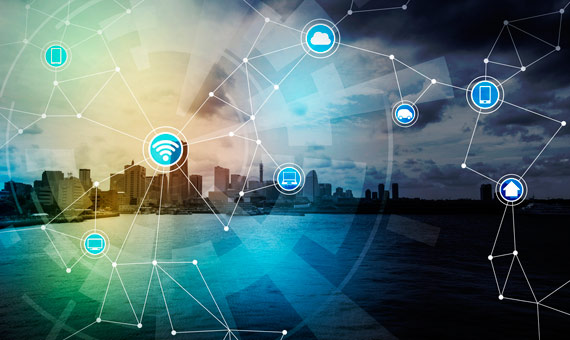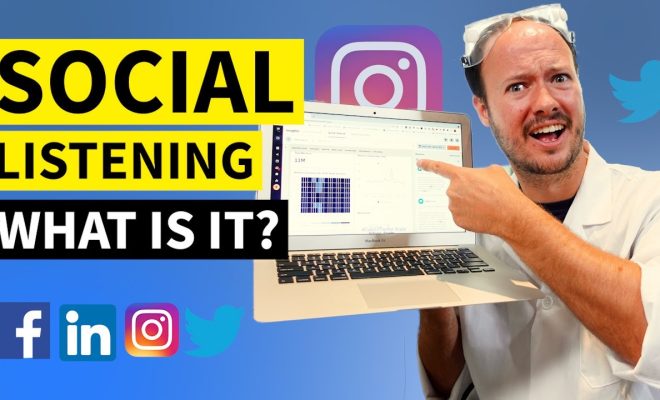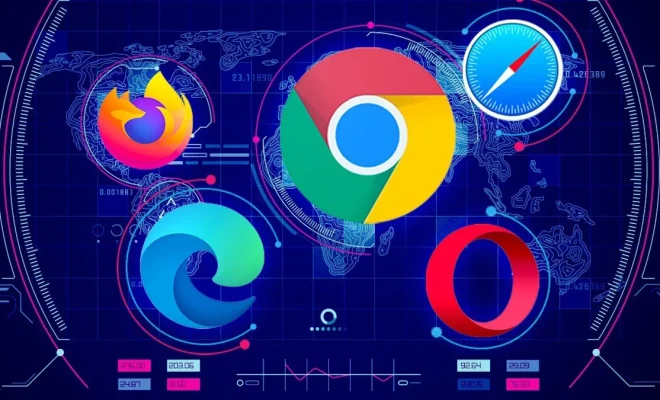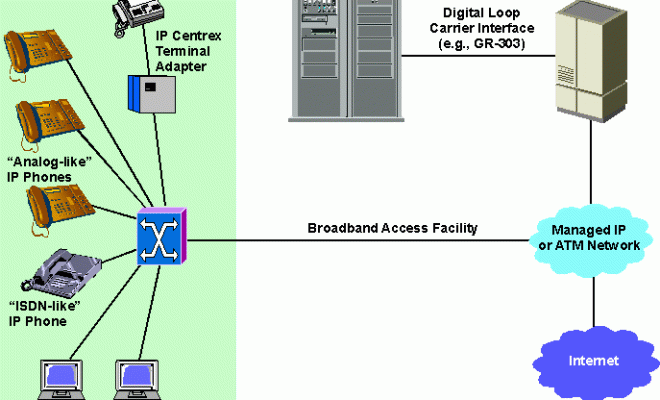What is the Internet of Everything (IoE)?

The term ‘Internet of Everything’ (IoE) refers to the interconnectedness of devices and objects, people, and data that are all around us. From our smartphones, cars, smart homes, wearables, machines, and appliances to the internet itself, IoE is rapidly transforming the world we live in.
IoE encompasses the concept of the Internet of Things (IoT) and goes beyond it by expanding the scope of connectivity from just devices to everything, including people and data. IoE involves the integration of physical and digital systems to create intelligent, ubiquitous networks where devices, data, and people can interact seamlessly.
The Internet of Everything is based on the idea of the convergence of four key technology pillars: people, process, data, and things. These pillars are intertwined to create networks of intelligent devices and systems that can sense, analyze, and act, ultimately improving the way we live and work.
The ‘people’ pillar, which refers to the human element in IoE, involves connecting people to technology to facilitate faster and more efficient communication, collaboration, and decision-making. The ‘process’ pillar involves the optimization of business processes through the automation of tasks and the elimination of inefficiencies. The ‘data’ pillar involves collecting, analyzing, and leveraging data from various sources to gain insights and make better decisions. Finally, the ‘things’ pillar involves the integration of devices and sensors to collect data and communicate with other devices to enable automation and intelligent control.
IoE has the potential to transform industries and enable new business models. For example, in manufacturing, IoE can lead to smart factories that are highly automated, self-optimizing, and capable of real-time adjustments. In healthcare, IoE can improve patient outcomes by enabling remote monitoring, personalized care, and faster response times. Transportation will benefit from IoE through systems that are equipped with real-time traffic data, predictive maintenance, and autonomous driving.
However, the advent of IoE also brings about privacy and security concerns. With the integration of many devices, systems, and personal data, there is a need for robust security measures to protect against cyber-attacks, data breaches, and other malicious activities. Additionally, there is the ethical question of how much data should be collected, how it should be used, and who should have access to it.





